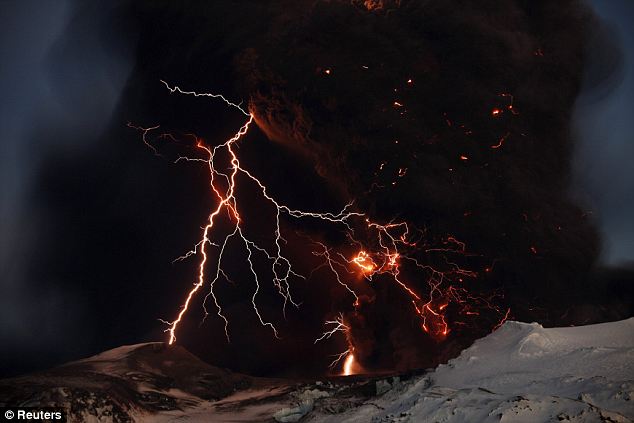
Seismologists are nervously watching rumblings beneath Katla, a volcano on the southern edge of the north Atlantic island nation, which could mean an eruption is imminent.
Katla is a much bigger volcano than nearby Eyjafjallajokul, the 2010 eruption of which cost airlines £1.27billion after ash grounded flights across Europe.
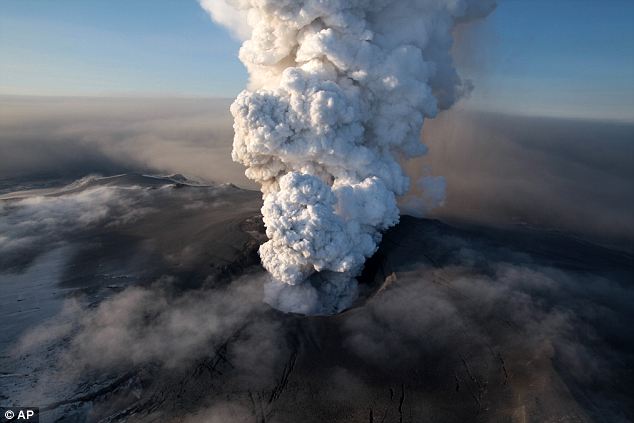
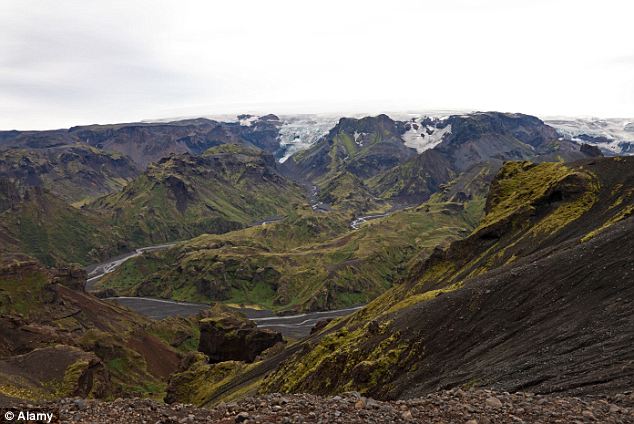
The eruption melted some of the ice-sheet covering Katla, flooding surrounding farmlands with a torrent of water that some accounts have said measured as wide as the Amazon.
Now, clusters of small earthquakes are being detected around Katla, which means an eruption could be imminent, seismologists say.
Worryingly, earthquakes have been growing in strength: after a long period of magnitude three tremors, a magnitude four quake was detected last week.
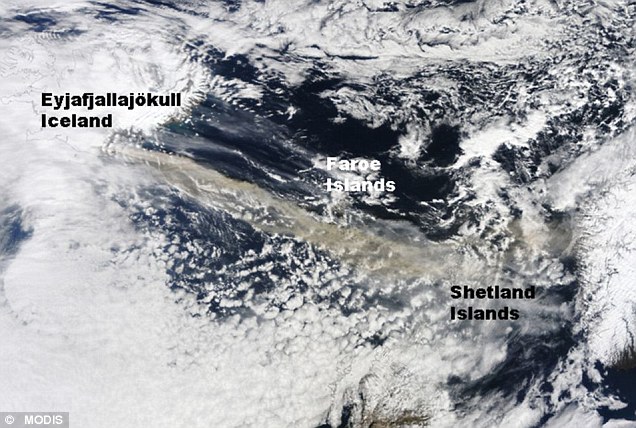
Teams of seismologists and geologists at the university are now working with disaster officials to prepare nearby communities like Vik, a small town of some 300 people that is flanked by black sand beaches.
Disaster officials have drafted an evacuation plan and set aside temporary housing, but many fear they may have less than an hour to evacuate once the volcano erupts.
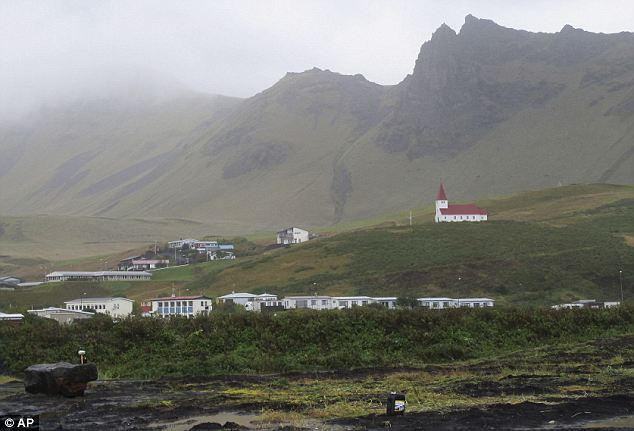
The longer pressure builds up, the more catastrophic an eruption can be. Records show that Katla usually has a large eruption twice a century and is long overdue for another.
Icelanders are getting nervous as they mark the anniversary of Katla's last blast.
'We've been getting calls recently from people concerned that Katla is about to erupt because it erupted ... in 1918 on October 12,' said Einar Kjartansson, a geophysicist at the Icelandic Meteorological Office.
'As scientists we don't see that much of a correlation in the date but there is most definitely increased activity. The question is whether it calms down after this or whether there is an eruption.'
Of Iceland's more than 22 volcanoes, seven are active and four are particularly active - including Katla and Hekla.
Although it does not pose the same flood risk as Katla because it's not situated beneath an icecap, Hekla is one of Iceland's most active volcanoes and sits in the path of most international flight patterns.
Like Katla, Hekla is also overdue for a large eruption and could produce a disruptive and dangerous ash cloud that, in addition to disrupting air travel, could lower overall temperatures across continents by blocking out sunlight for days or weeks.



Reader Comments
to our Newsletter